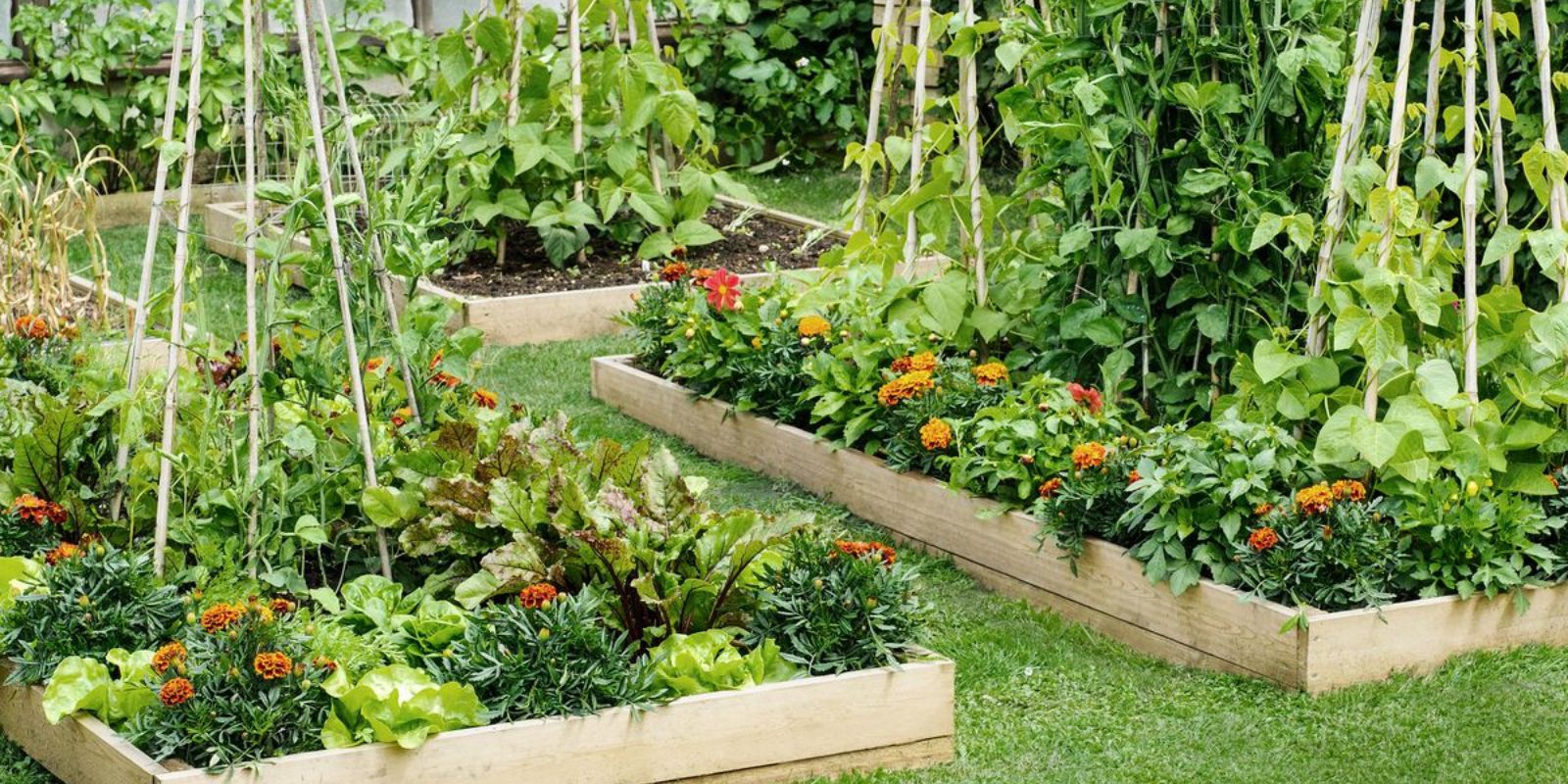Gardening in raised beds has gained popularity among home gardeners for its many benefits, including improved soil drainage, better weed control, and higher yields. Whether you have a small backyard, limited mobility, or poor native soil, raised bed gardening is an excellent solution. This guide will take you through everything you need to know about raised bed designs, their benefits, and essential tips for building and maintaining them successfully.
Why Choose Raised Bed Gardening?
Raised beds offer numerous advantages over traditional in-ground gardening. Some key benefits include:
- Improved Drainage: Raised beds allow excess water to drain away, preventing root rot.
- Better Soil Quality: You have full control over the soil composition, allowing for nutrient-rich, well-aerated soil.
- Reduced Weed Growth: Higher beds make it more difficult for weeds to invade.
- Less Soil Compaction: Since you won’t be walking on the soil, it stays loose and aerated.
- Longer Growing Season: The soil in raised beds warms up faster in the spring, allowing for earlier planting.
- Better Accessibility: Raised beds are ideal for gardeners with physical limitations or mobility challenges.
Choosing the Right Raised Bed Design
When designing your raised bed garden, there are various options to consider. Here are some of the most effective and practical designs:
1. Classic Wooden Raised Beds
Wood is a popular material for raised beds due to its availability and aesthetic appeal. Common choices include cedar and redwood, which are naturally rot-resistant. When designing wooden raised beds, consider the following:
- Use untreated wood to avoid chemical leaching into the soil.
- Choose boards that are at least 1-2 inches thick for durability.
- Ensure proper drainage by drilling holes in the bottom if necessary.
2. Metal Raised Beds
Metal raised beds, often made from galvanized steel, are durable and modern-looking. They are resistant to rot, pests, and extreme weather conditions. However, they can heat up quickly in hot climates, so adding mulch or lining the interior with wood can help regulate soil temperature.
3. Brick or Stone Raised Beds
Using bricks or stones provides a long-lasting and aesthetically pleasing design. These materials retain heat well, helping plants grow in cooler climates. However, stone and brick beds can be expensive and labor-intensive to build.
4. Recycled Material Raised Beds
For an eco-friendly approach, you can use recycled materials such as repurposed wood, old pallets, or even concrete blocks. These materials help reduce waste and can be an inexpensive option for raised bed gardening.
5. Elevated or Table-Style Raised Beds
For those with limited mobility, elevated raised beds are an excellent choice. These are built on legs, eliminating the need to bend or kneel while gardening. They are perfect for patios and balconies.
Step-by-Step Guide to Building a Raised Bed
Follow these simple steps to construct and set up your raised bed garden:
Step 1: Choose the Right Location
- Select a spot that gets at least 6–8 hours of sunlight daily.
- Ensure the area is level and has good drainage.
Step 2: Select Your Materials
- Decide on wood, metal, brick, or recycled materials based on your budget and preference.
- Gather screws, nails, brackets, and tools needed for assembly.
Step 3: Build the Frame
- Measure and cut your materials to your desired bed size (typically 3–4 feet wide for easy access).
- Secure the corners using screws or brackets.
Step 4: Prepare the Soil
- Remove grass and weeds from the designated area.
- Fill the bed with a mix of compost, topsoil, and organic matter for optimal growth.
Step 5: Ensure Proper Drainage
- If using a solid-bottom raised bed, drill drainage holes.
- Add a layer of gravel at the bottom for extra drainage support.
Step 6: Plant and Maintain Your Garden
- Choose plants suited for raised beds, such as vegetables, herbs, or flowers.
- Water regularly and apply mulch to retain moisture.
- Rotate crops each season to prevent soil depletion.
Additional Tips for Maintaining Your Raised Bed Garden
- Use Companion Planting: Pair plants that benefit each other, such as tomatoes with basil or carrots with onions.
- Add a Trellis: Support climbing plants like peas and cucumbers to maximize vertical space.
- Apply Organic Mulch: This helps retain moisture and suppress weeds.
- Regularly Add Compost: Keep the soil rich by adding compost or organic matter each season.
- Install an Irrigation System: A drip irrigation system makes watering easier and more efficient.
Conclusion
Raised bed gardening is an excellent way to grow a productive and healthy garden, even in small spaces or challenging soil conditions. By selecting the right design, materials, and soil mix, you can enjoy a thriving, low-maintenance garden. Whether you’re growing vegetables, herbs, or flowers, raised beds provide a convenient and efficient gardening solution.
💬 Have you tried raised bed gardening? Share your experiences and tips in the comments! 🌱✨
#RaisedBedGardening #GrowYourOwnFood #OrganicGardening #DIYGarden #SustainableLiving #GardeningTips #HomeGarden

